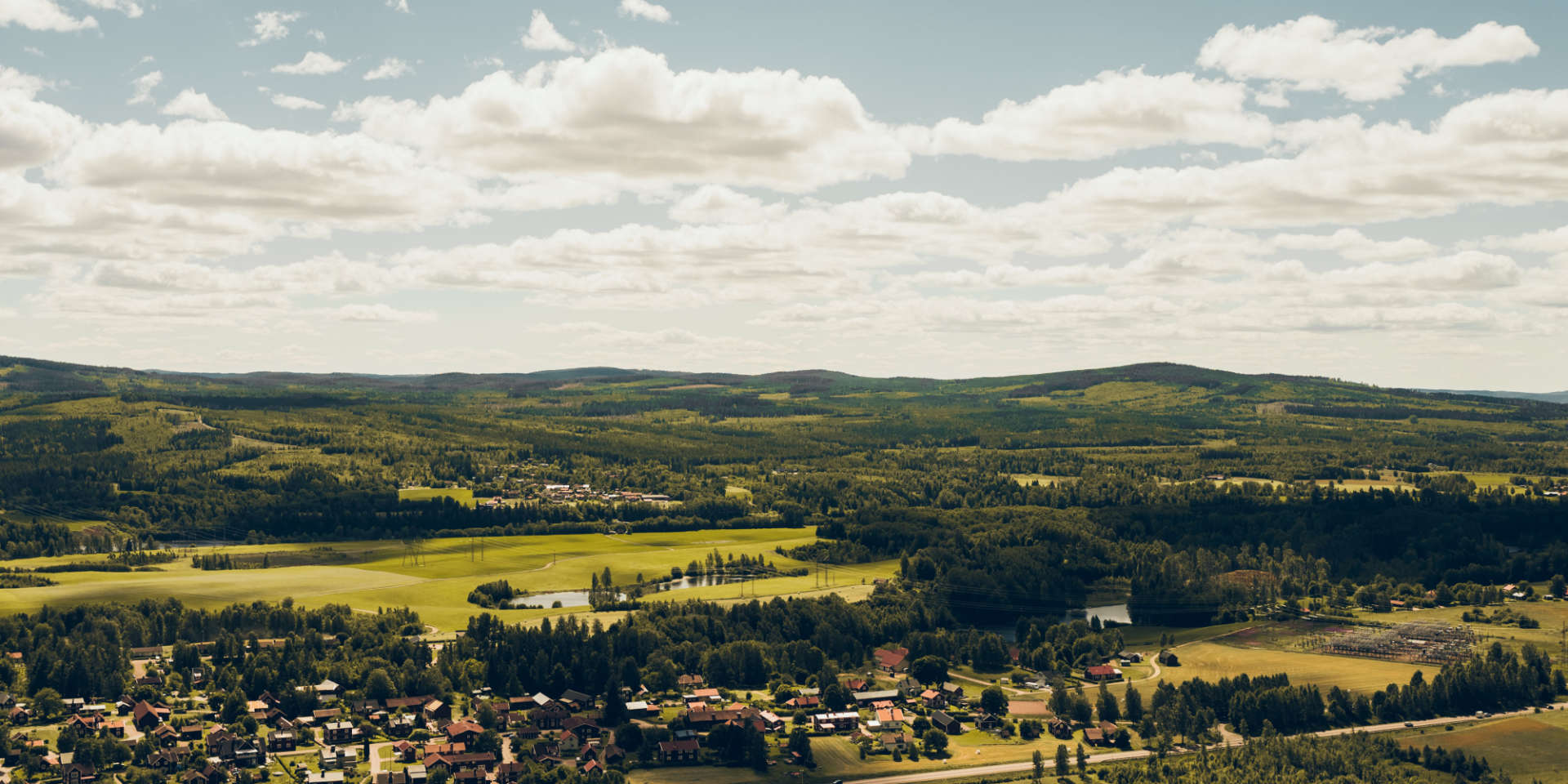

Dalarnas Län
Wilderness in northern central Sweden
The picturesque province of Dalarnas Län forms the northern part of central Sweden (Svealand) and is regarded as a symbol of the original Sweden due to its multifaceted landscapes, coupled with the old traditions lived in many places - a circumstance due to which Dalarna is often referred to as the most Swedish of all Swedish provinces or also as "Sweden in miniature".
The present-day province of Dalarnas Län is almost congruent with the historical landscape of Dalarna and stretches from the Scandinavian Mountains (Fjäll) at the border to Norway in an easterly direction almost across the entire width of central Sweden to the provinces of Gävleborgs Län and Uppsala Län on the Swedish east coast.
In the northwest of Dalarna, the landscape is dominated by the treeless southern peaks of the Scandinavian Mountains, with the 1,204-metre-high Storvätteshågna, the highest mountain in the province. The two rivers Västerdalälven and Österdalälven emerge from several headwaters in the mountains, each enriching the landscape with their river valleys on their approximately 300-kilometre-long journey through the province. Both rivers join southeast of Lake Siljan at Djurås in the municipality of Gagnef Kommun to form the Dalälven, Sweden's second longest river, which flows into the Gulf of Bothnia at Skutskär.
The landscape east of the mountains is predominantly forested and consists of a distinct mountain and valley landscape, which was the inspiration for the name of the province of Dalarna (The Valleys). Overall, the province is 80 percent forest, including Orsa Finnmark as a vast contiguous and sparsely populated forest area stretching north of Lake Siljan.
More than 360 nature reserves and two national parks provide insights into the special features of the flora and fauna of the different landscapes. The mountainous national park Fulufjället[link] has a well-developed network of paths and features the impressive [link=4-4584]Njupeskär, one of Sweden's highest waterfalls, and the 9,500-year-old Old Tjuko, the oldest tree in the world. In contrast, the Töfsingsdalen Nationalpark in the northwest of Dalarna presents itself as a trackless wilderness of boulder fields and dense forest.
The south of Dalarna was a distinct mining area at least from the Middle Ages to modern times, with countless ore mines and numerous small smelters. The largest preserved relic from that time is the approximately one thousand year old, disused copper mine Falu Gruva near the provincial capital Falun, which, together with the former working-class districts and the surrounding industrial landscape, is a UNESCO World Heritage Site.
The well-known Dala horse (Dalahäst) also comes from Dalarna. The origin of Sweden's best-selling souvenir goes back to the 17th century, when many Dalarna residents carved the wooden horses as toys on long winter evenings. Traditionally, the Dala horse is completely coloured red, and the bridle and saddle are painted in traditional kurbit painting - a decorative painting art with tendril, flower and leaf ornaments that also originates from Dalarna and can be found on many old pieces of furniture or as wall paintings.
Around 80 percent of Dalarna's inhabitants live in the eastern half of the province, if Siljan is considered the centre of Dalarna. Further west, the settlement decreases sharply. In the extreme north-west of the province, in the municipality of Älvdalen Kommun, population density averages around 1 inhabitant per square kilometre, with only a total of 7,000 inhabitants.
The largest city in the province is Borlänge with around 43,000 inhabitants. The town on the Dalälven River in the east of the province was mentioned in writing as a village as early as the end of the 14th century, but continued to suffer an insignificant existence until the 1870s. With the construction of a railway junction as well as a steelworks and a paper mill in the late 19th century, Borlänge began to grow rapidly and is today the most important industrial and commercial city in Dalarna.
With around 39,000 inhabitants, the second largest city in Dalarna and also the provincial capital is the city of Falun, also located in the east of the province. The history of the town is closely interwoven with the history of the old copper mine and its roots therefore go back to the year 1,000. In the 17th century, Falun had even grown to become the second largest city in Sweden after Stockholm, but it was not until 1641 that it received its actual city rights, as earlier attempts had failed due to the resistance of the miners, who were endowed with special privileges.


